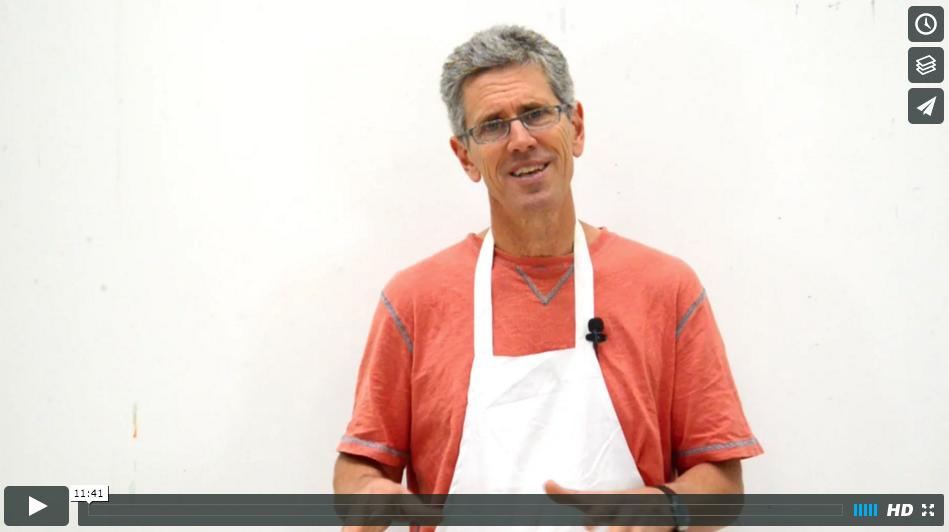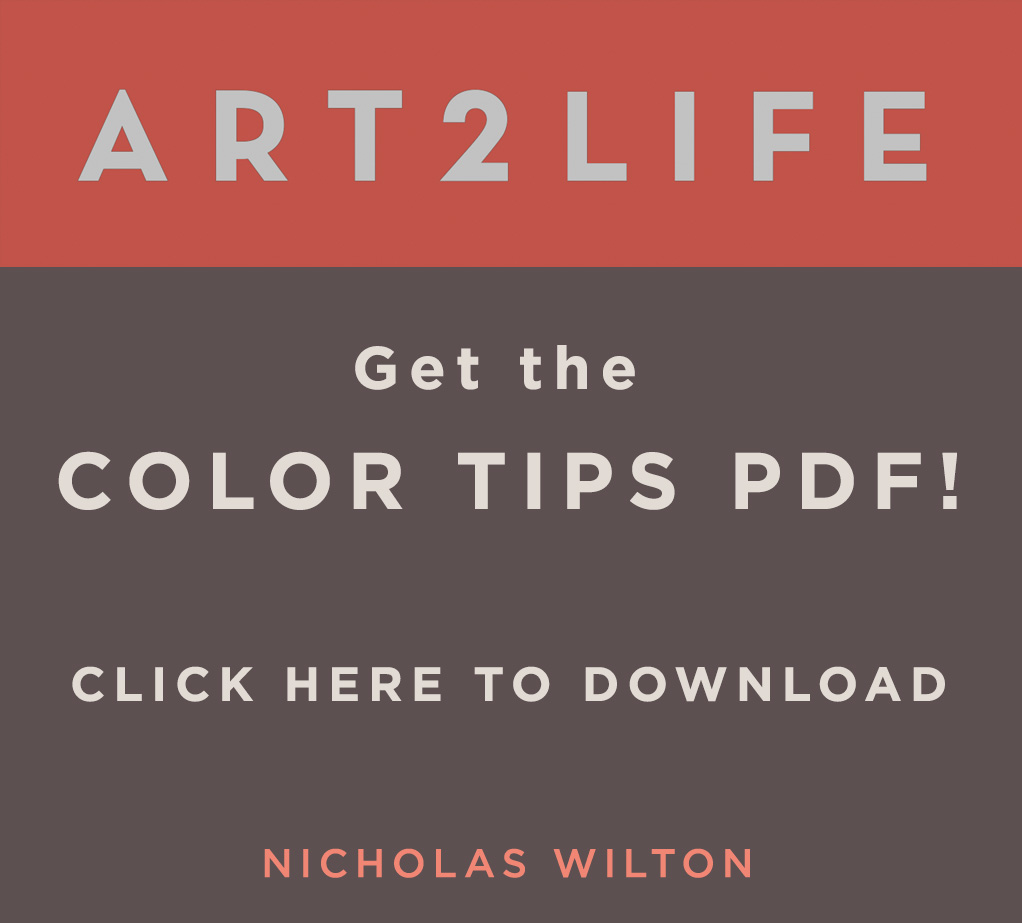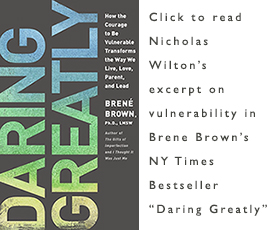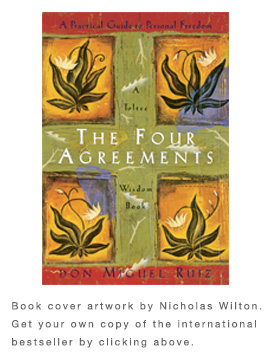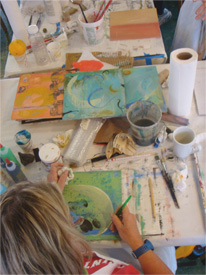The Color of the Sea
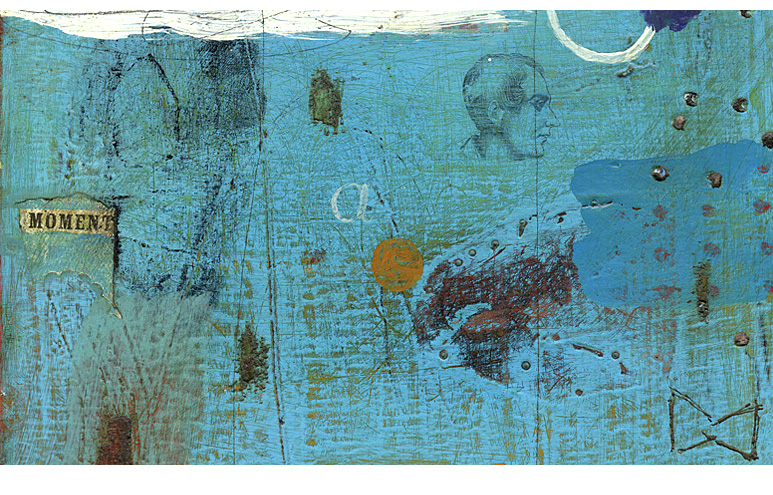 When standing at the edge of the sea in the tropics, the water appears to be a very pale translucent, aquamarine color. The sunlight hits the white coral sand and reflects its whiteness through the water, illuminating it from below. The color is part reflection of the blue sky and part reflection of the sandy bottom. The sun sparkles on the moving surface of the water. Swimming out, feet no longer being able to touch, the waves no longer breaking, the color becomes darker. The reflected light coming from below is lessened and the sea transitions into the most extraordinary deep, deep blue.
When standing at the edge of the sea in the tropics, the water appears to be a very pale translucent, aquamarine color. The sunlight hits the white coral sand and reflects its whiteness through the water, illuminating it from below. The color is part reflection of the blue sky and part reflection of the sandy bottom. The sun sparkles on the moving surface of the water. Swimming out, feet no longer being able to touch, the waves no longer breaking, the color becomes darker. The reflected light coming from below is lessened and the sea transitions into the most extraordinary deep, deep blue.
Holding my breath and swimming down into this color, I am surrounded. It is simply a blue world. It is just blue. What is this color? Why does it make me feel so alive? There is such infinite spaciousness. This blueness reminds me of possibilities, of being ultimately free. It feels like potential. There are no boundaries. Blue is emptiness. Blue is the sky and blue is also the sea.
When my brush dips into blue and I see it arc across my painting, it always returns me to that day, swimming in the tropical sea. The color blue is a small reminder of that feeling. But blue is just one of the colors upon my palette. There are so many more. However, blue is like no other. Blue is the window out, a square of it upon a canvas conjures up deep space and invites the infinite to enter my Art. Blue is the antidote to the density, and crisscrossing of the louder, stronger colors.
All of them carry their own associations. Yellow is curt, young and not particularly caring of what others think. Deep orange always returns me to the Earth. It is celebratory and carries with it a heraldic beauty. It feels wise. Green is adventure and always, when it can get away with it, breaks from reality. It lives life on it’s own terms and listens to no one, while Red races ahead, on fire and unrestrained in all it takes on. Purple is set in its ways, ageless and cannot escape its royalty. It is all things refined, but quietly so.
These feelings, memories and underlying attributes of Color cannot simply be ignored when I paint. They spill into one another; they cancel each other out while at other times they seem agreeable and complementary to one another. They are not inclined to be together but sometimes when all seems right with the world, they fall into order, they fit seamlessly, agreeably beside one another and I am able to finally stop. The canvas has arrived. It feels complete, and like that perfect day swimming in the tropical sea, it lingers in the present for just a brief moment and then without warning it slips into memory ever so gently behind me.
This excerpt written by Nicholas Wilton recently published in the book “The Color Lab, Mixed Media for Artists”, by Deborah Forman
A Little Less Can Give Us Something More
I was reminded of something while in the studio yesterday.
Sometimes we have too much and we need to let some things go.
And then, often, that empty space helps create something more.
Something better.
In gratitude, Nicholas
A SNEAK PEAK INSIDE THE CREATIVE VISIONARY PATH PROGRAM
Hey everyone,
Here is a look at one of the many videos in the Creative Visionary Path Program.
https://art2life.leadpages.co/limiting-beliefs/
We are going to be spending the first few weeks of the program looking at ways of improving our art process, clarifying what inspires us and perhaps even changing our thinking about what is possible in our art careers.
One of the quickest, easiest ways to improve our art is to improve our thinking. Getting rid of limiting beliefs does just that.
https://art2life.leadpages.co/limiting-beliefs/
I hope this helps you re focus on what truly matters- making your art!
Nicholas Wilton
PS Here is the info page to find out more about the Art2Life Creative Visionary Path program.
https://art2life.leadpages.co/plc-create/
We are starting in about a week!
Discover How Value Can Make Your Art Amazing
After watching my second video “VALUE” in my four part video series, many people have been asking the same question.
What does the “loud and quiet” conversations look like in different kinds of art?
So in today’s video blog post, I will show some examples of art and point out these two important conversations.
This coming Tuesday, at 10:00 am PCT, I will be sending out “COLOR” the third video in my 4 part video series.
Keep your eyes out for it in your inbox!
Nicholas Wilton
PS In case you are missing the four part video series you can still join in!
https://art2life.leadpages.co/plc-1-design/
PSS Every Sunday I send out a video blog post to all my subscribers.
If you would like to be added to my Sunday video blog list for the future, click here: https://ig147.infusionsoft.com/app/form/dd2cb3bc383bcddb3a805d93f03e941f
Thanks again for all the great questions comments and discussion!
Shift Your Art From Good To Great
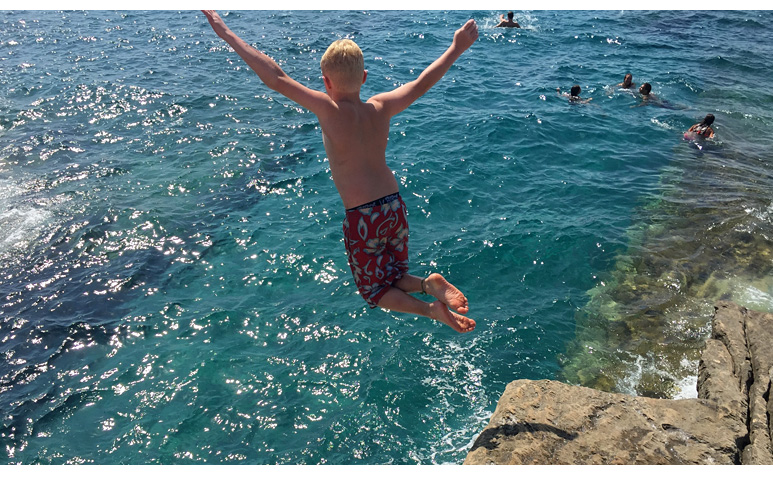
In my currently running video series on the Art2Life Principles a lot of people are asking the same question. It involves Design.
If you are missing out on this currently running free video series click here:
https://art2life.leadpages.co/art2life-video-1-infusionsoft/
In this first video I define design as the arrangement of shapes on a plane. Anything that we can clearly see on our canvas constitutes design. What makes strong design, however, is having differences between the shapes that we can clearly see on the canvas. Differences such as size, shape, texture, color and value, to list just a few.
One of the questions that has been coming up is how do we know when we have created too many differences? Can’t we have too much going on in our design? Isn’t it possible to go from a boring design, meaning everything is kind of similar and but then take it too far and end up creating a picture just crammed full of too many different things?
In other words, How far is too far? And how do we know when we get there?
This is a very good question and unfortunately the answer will be different for everyone depending upon the kind of aesthetic or desired outcome they are after in their art.
There is, however, an approach I use that might be helpful for you too.
What I have found in my own art practice is that it isn’t that I have gone too far, but rather, I haven’t gone far enough.
In other words, we tend to stop too early. If something starts to work and we start to like it, the tendency is to hold back lest we ruin the noticeable improvement that is beginning to occur. Often, however, we should have taken it farther. Sometimes going that last 10-15% is what can shift our art from merely good to great.
Making work that is “edgy”, meaning it is right to the edge but hasn’t fallen off the cliff yet, really engages you and the viewer. That slight tension, that risk that the artist took to go all the way but not too far creates irresistible art. This is the kind of art that we talk about and tend to share with others. Sometimes we just can’t stop thinking about it. And as you probably can guess, this also is the kind of work that sells.
So how do we go right to the edge? Well, I like to use the metaphor of driving a sports car along a very windy, mountainous road. Obviously we want to drive fast. We want to go faster and faster, and unlike real life, in this make believe metaphor we want to go so fast that at some point the car can’t quite make the corner and goes right off the cliff.
And this is the point. We want to take our work beyond what we thought was safely working, and simply get in the practice of adding and adding till we know for certain that we have gone too far.
Unlike the sports car metaphor that finds the car smashed to bits at the bottom of a ravine, in art we can easily recover. We can just paint over, and edit out what suddenly just becomes too much.
We come backwards into it, so to speak.
We arrive back at the cliff right before we lost control and went over that edge. But this time we know exactly where the edge is because we have been there before. And this is where we stop. This is that sweet spot where Risk meets constraint, tension meets ease and where good becomes great.
I am always surprised how much further I can take my art when I stop holding myself back from that edge. It is always much further away than I think.
The important thing to realize is that the edge is where the learning occurs. The edge is where we, and our viewers, feel most alive. Try and go there more often. Doing so will bring not just your art more alive, but you too.
In my second upcoming video on Value, I will be demonstrating how to avoid that over crowded feeling in our art using Value.
Again, if you are missing out on this currently running free video series click here:
https://art2life.leadpages.co/art2life-video-1-infusionsoft/
See you there.
A Little of This Makes a Big Difference in Your Art
Watch the video and let me know, how to you finish your work?
Why Frogs Sing
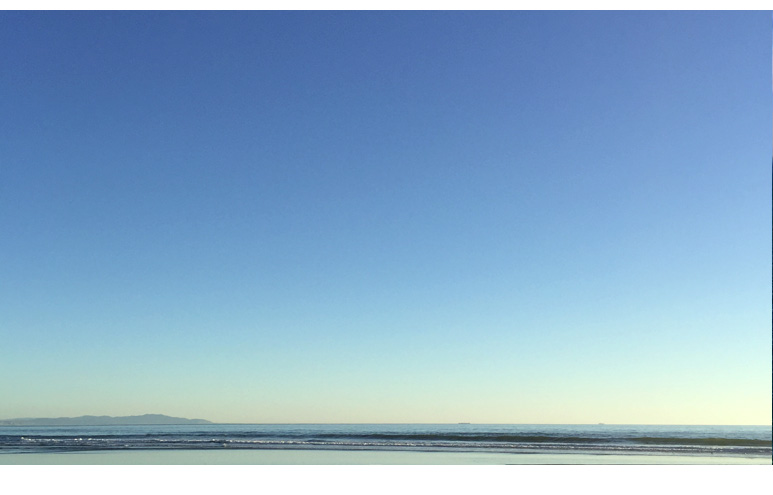 I often think of Art as the coming together of things that the artist, according to their preference, chooses. I love that there seems to be no rhyme or reason as to what those things are. It literally can be anything.
I often think of Art as the coming together of things that the artist, according to their preference, chooses. I love that there seems to be no rhyme or reason as to what those things are. It literally can be anything.
However it is in the presentation of those things within the art that can make a big difference. This is basically much of what I teach. Whether someone, other than yourself, will see your art and become engaged, find similar inspiration or become curious as you did, has a lot to do with how things in your art are arranged.
The simple idea of setting up a comparison, showcasing the opposite of what you show in your art almost always makes your original preference more potent, more powerful. For example if you are interested in showing super bright colors it is helpful to have areas of your art contain more neutral tones of grey, white and black.
The viewer will always compare everything that you present in your work, whether they know it or not, and if those things are opposite, both will be enhanced by each other’s presence. If you want to show something big then place something very tiny beside it to make it feel more so. Careful controlled painting looks especially so alongside areas of spontaneity.
It is very early and still dark outside as I write these words. I can hear the ocean right below my cabin. I am at Esalen – a beautiful retreat center located on the Big Sur coast in Calif. There is limited Wi Fi here, which makes it difficult to maintain the emails. One just cannot be productive in the usual business day-to-day way.
I walk to breakfast every day here through a staggeringly beautiful garden. The path winds past a small pond that some days is filled with a chorus of what must be hundreds of frogs. Their song is extraordinary. But oddly on some days they remain silent. Each day I spend a few minutes walking to breakfast thinking and wondering why this is so.
It is not such a big idea or curiosity but what is rather surprising to me is that I actually have the space and time to think about it at all. There is just more room here to think. There are, of course, intense full-on patches of teaching I do every day, but these are interspersed with hours when I am not. There are hot springs to experience, an aquamarine sea with whale sightings to stare at and literally dozens of chance encounters with people who, like you, seem to also have just that little bit of extra time to engage in a conversation.
What I think I am talking about is spaciousness. It is especially noticeable, alongside busyness. A patch of life that feels so parched by endless to do lists and responsibilities can be so quenched by coming into a clearing where the blue sky can be seen again. An area that is not overcrowded, a time that is not scheduled.
This duality is one that is tricky to maintain in life. Remembering to leave time to do nothing is not entirely intuitive. At least for me.
However, I am reminded of its importance in my life, again and again, by my art.
Creating density, filling my pictures with all my intentions, all my stubborn desires, often can become overwhelming. It is that sickening feeling when you just feel too much of yourself in something.
I teach my students and myself over and over again that there needs to be spaciousness to offset the tendency to over cram everything we want in our art. Density and spaciousness are opposites and they love, they simply love to reside together.
Who of us hasn’t discovered that often things improve by simply removing rather than adding more? It is a hard lesson to remember in our art, and can be an even harder one to remember in life.
But that contrast, that duality works beautifully in both. They simply need each other.
So maybe today, it might not need to be about adding more into your art, but rather less. Maybe it is about creating a clearing, a passage, a section of our art where it becomes empty. Where density gives way to spaciousness. And you and the viewer suddenly find yourselves wandering into a clearing where that patch of blue sky can be felt again.
What might be taken away in your art today?
Hold On And Then Let Go
Controlling some things and letting others go in your art is key. Not always knowing where we are going helps make out art vibrant and authentic.
How much spontaneity is in your art?
Finding Easy in the Hard
 Art Making can feel hard. Sometimes super hard. I have experienced it and I watch others experience it. I am sure things can sometimes feel hard for you too.
Art Making can feel hard. Sometimes super hard. I have experienced it and I watch others experience it. I am sure things can sometimes feel hard for you too.
Thankfully, there are three positive aspects of things being hard. All of them are good. I am quite outside my comfort zone right now and so I am writing this more as a reminder for myself, but maybe it can be helpful for you too. Especially if things feel hard right now…
There are three steps and they get easier as you go…
#1 Difficulty precedes a big decision.
Things feel hard and then sometimes they worsen. So much so, that it becomes almost unbearable, till all of a sudden you just know you have to change something. You have no choice. With more time and growing pain, the decision or choice of what to do looms. It finally becomes apparent – often crystal clear – that what must happen in order to relieve the suffering is X. This decision is a bigger than normal. It will most likely create significant change. The decisions born from hardship are not garden variety, every day kind of decisions. These grow slowly over time, and when finally made, they create real change. These are the kind of decisions that bring you alive, change your art and often your life. The more of these kinds of decisions you make, the better.
#2 Uncertainty often accompanies the right choice.
Often, several decisions emerge as possibilities to lessen your difficulty. If, for example, you are super frustrated trying to make large paintings, possible choices might be to spend less time making art, make smaller work like you always have or seek out an artist who is good at this and ask for help.
This third choice is the most challenging. It takes self-confidence. (Usually in short supply when things are hard!) It means spending time searching for that particular someone and this can feel unrelated – especially when the problem is sitting right in front of you. This third decision takes patience and a measure of vulnerability. Asking for help is not easy.
I would, however, wager that this last decision is probably the right choice. What is crazy is that we usually kind of know the right choice comes shrouded in a bit more uncertainty and asks just a little bit more of us than the others. These slightly harder decisions are often the right ones.
#3 Ease always follows Difficulty.
The sea comes in and then it goes out, darkness follows light and ultimately a towering redwood tree that once was giant does, in the end, return back to the flatness of the soil from which it grew. Practically everything in life goes one way for a while and then, comes back the opposite way.
The only predictable aspect of difficulty is that most often, ease and lightness follows…things can thankfully change. I hang on to this now, more than ever.
I also notice that the amount of relief is always in relationship to the measure of challenge preceding it. In other words, the subsequent rest, the break from hard is almost always ample. You can fully recover, although you are often changed, for the better, in the process.
Coming out of difficulty, changing proactively your circumstances by making sometimes hard decisions marks a new beginning.
You can, all of a sudden, find yourself wandering into an oasis. There is birdsong, the water is cool and slowly but surely the harshness of the desert from which you came, begins to fade.
How do you find the easy in the hard?
Where To Find Your Best Art
If we are thinking about other people’s work when we are making art, then we are not really making our own art. The activity of comparing, admiring, and imitating other people’s work is a very different activity than making your art. These two activities should be kept far apart as they don’t help each other. Making strong art is accomplished more easily by looking within ourselves.
Where do you look when making your art?
In gratitude, Nicholas
